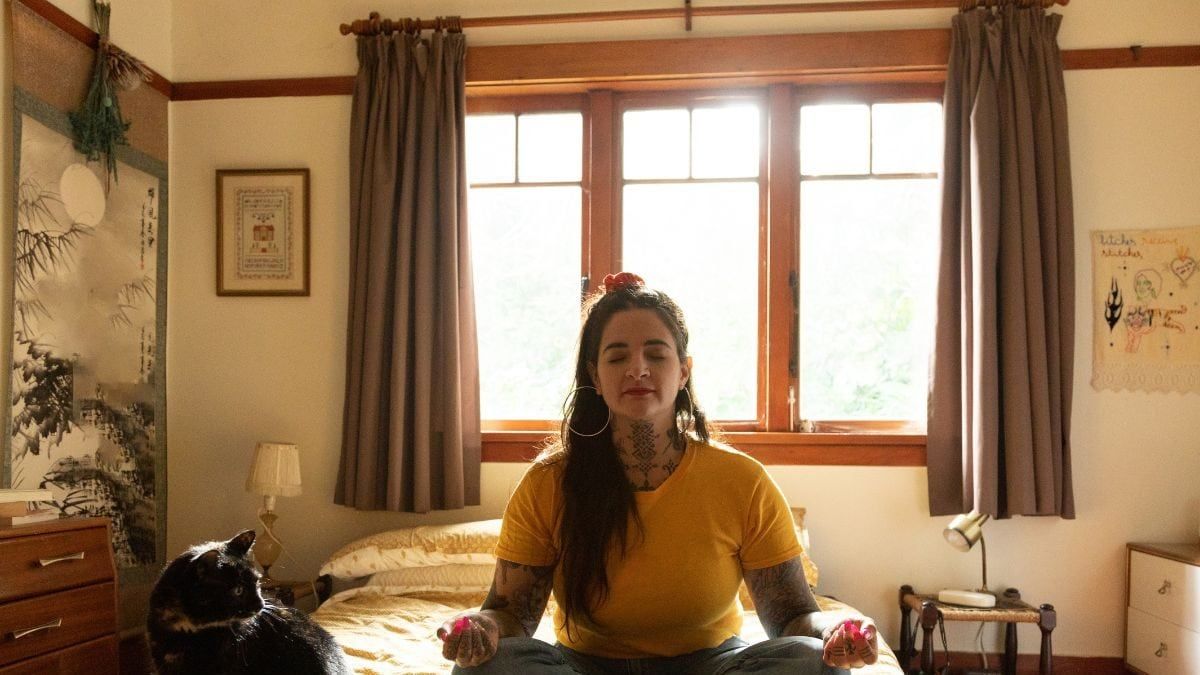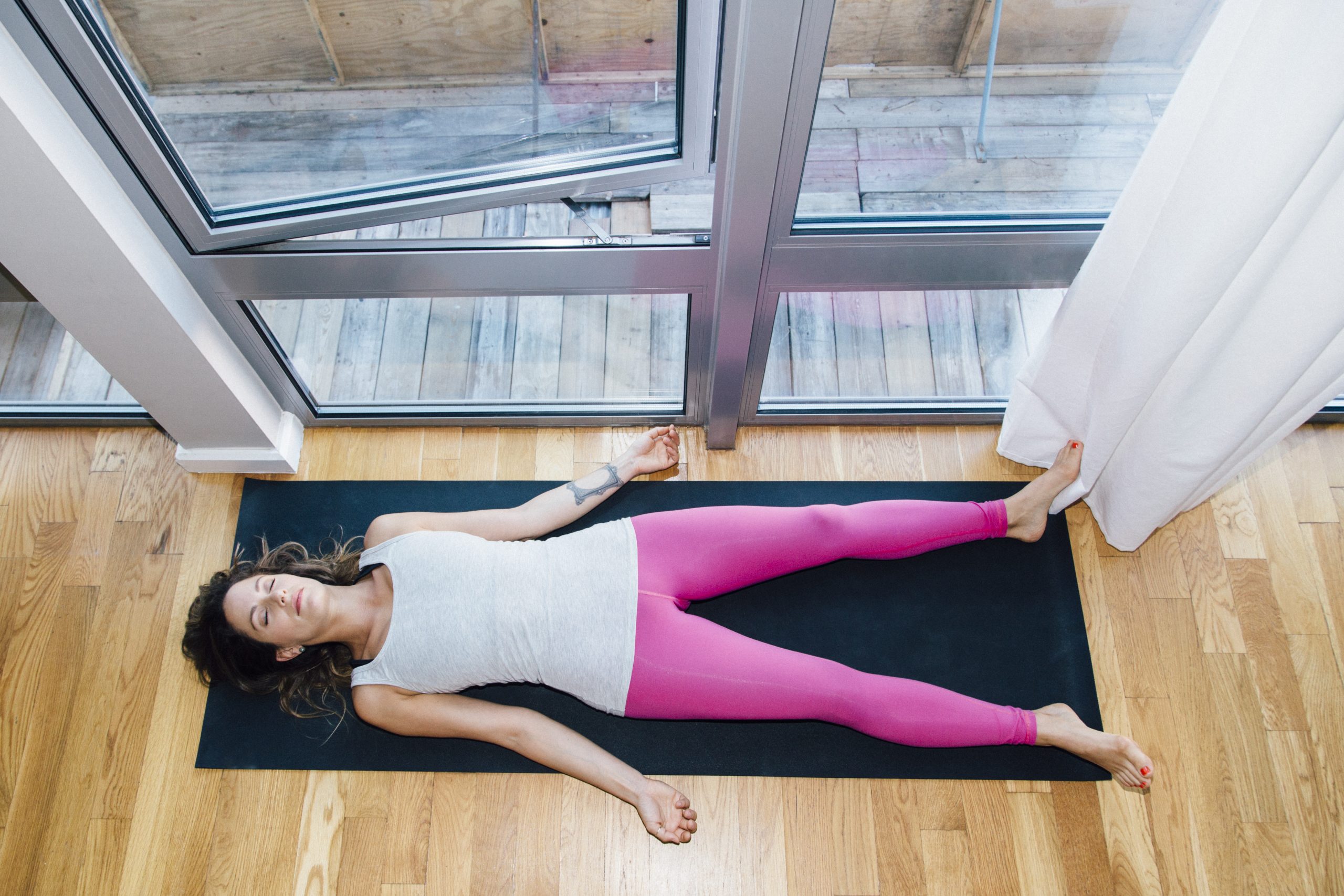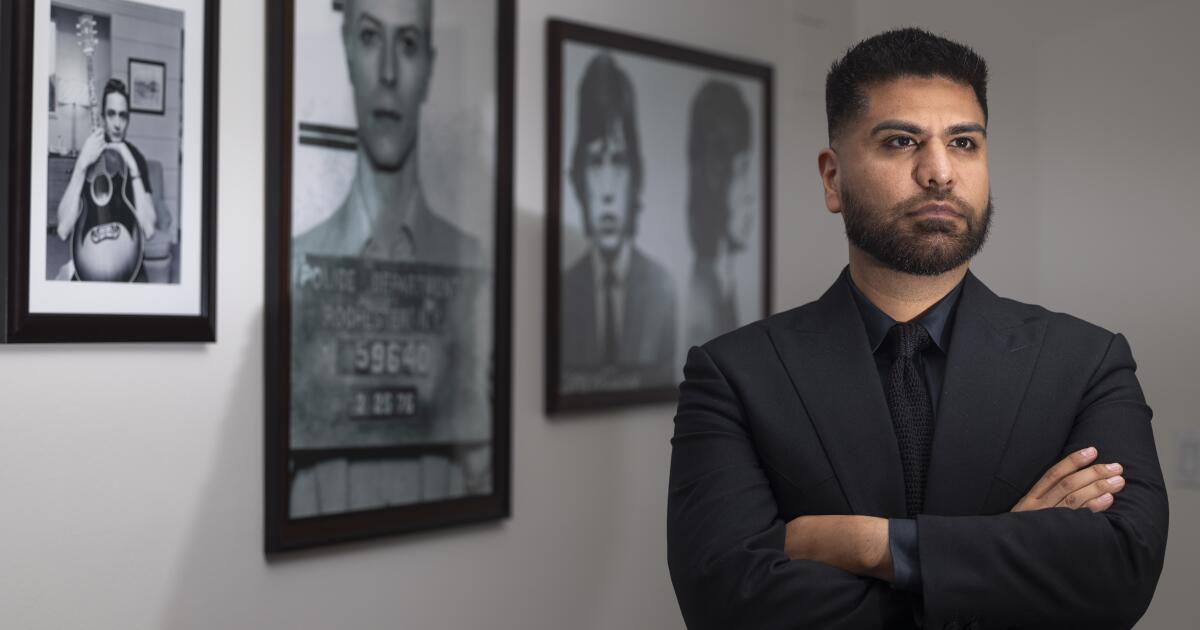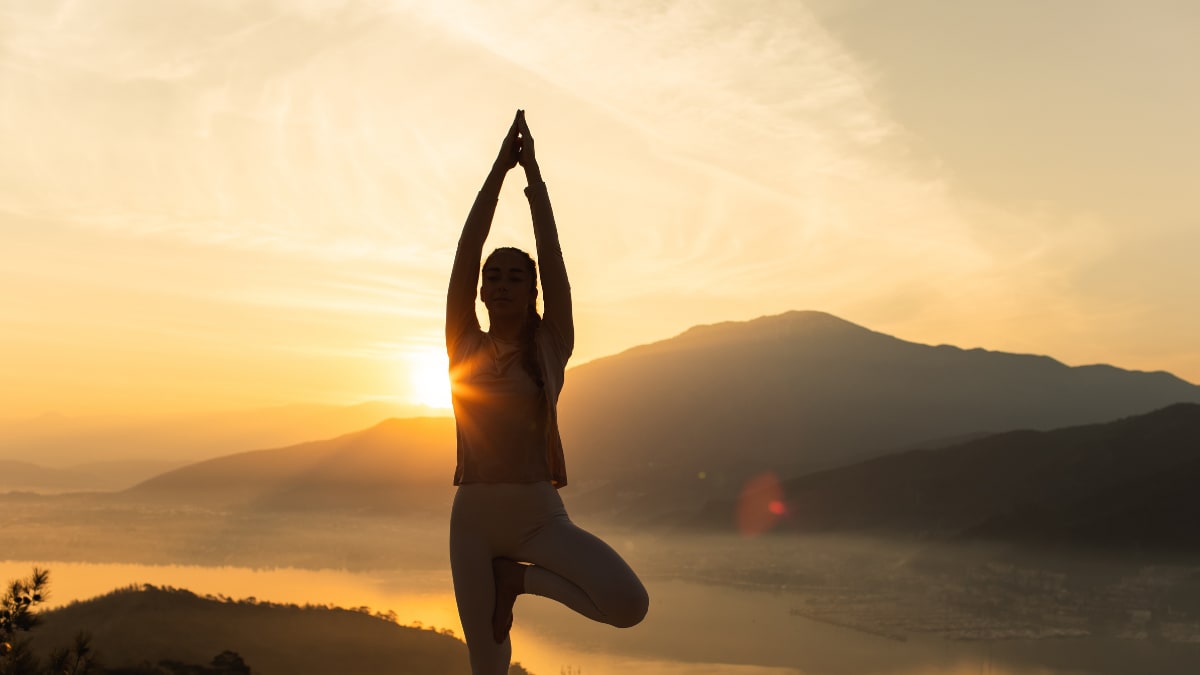Should you do yoga when you are sick? Traditional wisdom suggests minimal intervention at these times and the kind that sustains the body rather than exhausting it.
Yoga practices during illness should follow this rule. They should only act to aid the body's own healing and recovery, rather than diverting energy elsewhere, similar to how the “patient's diet” consists of foods such as porridge, light soups and moong-dal khichdi which are Nutritious but easy to digest.
Yoga asanas and postures may be gentle, but they still require energy, so they are best avoided in case of fever and acute conditions.
Recommended practices after surgery or when fighting an infection are: Yogic relaxation and pranayama or breathing techniques. Veteran yoga guru Dr Hansaji Yogendra, director of Santacruz Yoga Institute, with his decades of experience in helping the sick, suggests practices that can be done lying in bed. He remembers, these should be done after at least two hours of eating.
DEEP ABDOMINAL BREATHING
This practice enhances oxygen saturation and, as the abdomen relaxes, so does the body. Distributes absorbed prana, helps build strength and aids healing. Activating the diaphragm while breathing improves digestion and reduces inflammation, nausea and pain.
The steps: Lie on your back and bend your legs so that your knees point up and your feet are comfortably spread and flat on the bed. Place one hand on your abdomen.
• Notice how the abdomen rises as you inhale and deflates as you exhale.
• With each inhalation, absorb prana (healing energy) and with each exhalation, try to visualize all the suffering disappearing.
• Do 10 to 15 rounds at a time, 4 to 5 times a day.
BHRAMARI OR THE BREATH OF BEES
The steps: Lie on your back, with your arms relaxed on either side of your body. She closes her eyes and adopts Cin Mudra, that is, lets the tips of the index finger and thumb touch each other. Place your tongue lightly on the upper palate.
• Inhale deeply.
• Now, making the sound of a bee buzzing (a “nnn” sound) on a low pitch, exhale completely. Feel the massage effect of vibrations throughout your body.
• Do five rounds of this pranayama at a time, three times a day, after the deep breathing Pranayama.
YOGIC RELAXATION
To alleviate any type of suffering is to learn to let the weight of the body fall to the ground. Furthermore, complete relaxation of the voluntary muscles immediately transfers energy to the involuntary parts and this produces a balance that renews strength. Recovery is promoted at all levels: muscular, mental, parasympathetic nervous system, cardiac parameters and breathing.
The steps for the relaxation technique can be performed in a) Savasana, the corpse pose, i.e. lying on your back; or b) Makarasana, the crocodile posture, that is, lying face down, with the head resting to one side, on a pillow formed by the palms placed one on top of the other.
The steps: Lie on your back, face up, and keep your arms and legs comfortably apart. Close your eyes and breathe normally a few times.
• Completely collapse the body onto the bed. With each exhale, relax your body even more.
• Next, without moving your body, consciously relax the parts of this sequence*: the tips of your toes, then the soles, heels, ankles, calf muscles, knees, thighs, pelvic area, hips; the abdomen and waist and all internal organs; the heart and chest area; the lower and upper back; shoulders, arms, elbows and fingers; the neck, chin, mouth, cheeks, nose, eyes and the space between the eyebrows, forehead, top of the head, ears and the back of the head.
• Deep relaxation can put you to sleep! If not, enjoy the relaxed state, where deep, rhythmic breathing continues automatically.
(Note: 1. *People who suffer from migraine and vertigo can reverse the sequence, starting from the head. 2. Avoid this practice in case of depression)
FEEDING THE APPETITE, REGULATING BOWEL MOVEMENT WHEN IN BED
Focus on the abdomen, with a simple up and down movement of the abdominal muscles.
Complement with a few drops of lemon juice in warm water and honey. Ginger balances the vata, pitta and kapha doshas and can be added a little to liquids and foods. A glass of warm water in the morning, with some lemon juice, amla or triphala powder and sonth (dried ginger), helps build immunity.
Eat liquid foods such as vegetable soups and of course, drink enough water.
UNDER SPECIFIC CONDITIONS
After orthopedic procedures
The body should be handled in such a way that the affected part relaxes while the other parts of the body are mobilized. In this way, the energy can be channeled effectively and the healing process will be accelerated. So after knee surgery, do relaxation exercises for your upper body. In case of shoulder injury, gently exercise the body below the waist, starting at the hip joint.
After major surgery
After major surgery, or when any organ was involved, the individual should do nothing for three days; there must be complete relaxation. Practice the above breathing and relaxation techniques only after that.
Positive self-talk, the fact that the problem area or body part has been resolved and that health will only improve in the future, helps enormously.
Prolonged lying down in old age
In old age, there need not be any aches and pains and people should feel fit. Make sure all parts are active by walking, sitting in the sun, and breathing intermittently 1 or 2 times into your abdomen. Even just moving your hands, while coordinating with your breathing, would work wonders. Remember, it's okay to not be perfect.
Also check out our article on Asanas for Seniors.
The author is a journalist, cancer survivor, and certified yoga teacher. You can contact her at [email protected].














